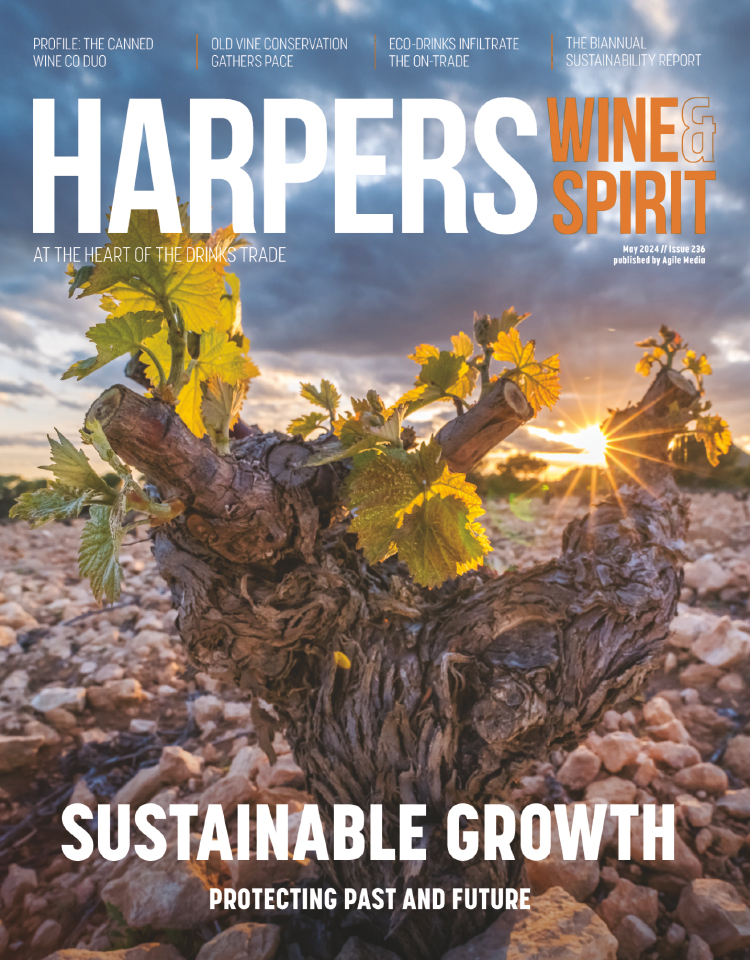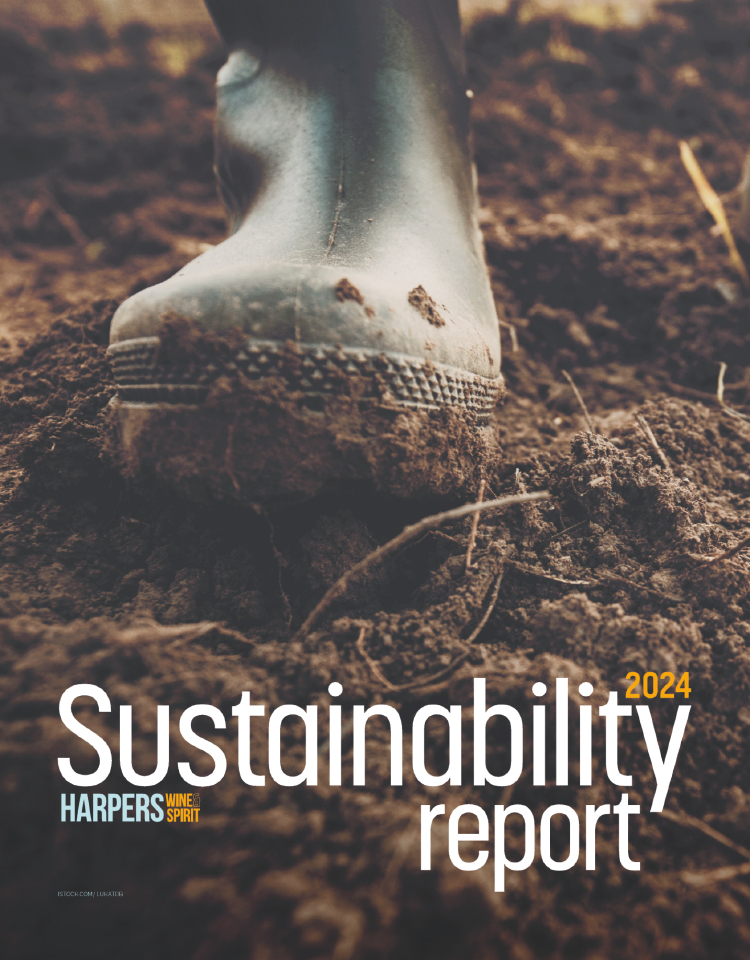
Retail market starting to return to pre-Covid norms
According to Kantar, sales are falling at all the major multiples, but it’s not all doom and gloom. During the 12 weeks to 12 June, supermarket sales, including alcohol, groceries and softs, fell 1.9% year on year. Supermarket alcohol sales are also declining, down 12% year on year in the same period.
Fraser McKevitt, head of retail & consumer insight at Kantar, says: “The sector hasn’t been in growth since April 2021 as it measures up against the record sales seen during the pandemic. However, these latest numbers show the market is, to an extent, returning to pre-Covid norms as we begin comparisons with post-lockdown times.”
It’s important to note that the sector is still in the process of rebalancing post-lockdown when pubs, bars and restaurants were closed, and people were drinking more at home. In fact, compared to pre-pandemic figures, alcohol sales in supermarkets are 12.4% higher, with all major categories in growth.
RTDs are up by 45.7% in supermarkets compared to 2019, and sparkling wine is up by 19.8% against 2019. Wine is also in growth on 2019, albeit slightly behind the overall sector at 12%.
According to Kantar, the growth indicated by the stats above has been largely generated by innovation in the industry, good weather and the Platinum Jubilee.
McKevitt adds: “Despite the rising cost of living, the British public got into the Jubilee spirit in characteristic fashion. Alcohol sales were up by a third, and purchases of ice cream increased by 35% over the week compared to the average in 2022.”
In the 12 weeks to 12 June, the top four alcohol sectors found success by attracting new shoppers – 565,000 more households purchased RTD cocktails, and 60,000 additional households bought cava.
Still wine was also on the up during the same period with 53,000 more households making purchases, while 43,000 extra households bought pre-mixed drinks, such as G&T in a can.
The moral of the story is that year-on-year stats can be misleading, especially as the industry settles following the upheaval caused by the pandemic.
As supermarket sales stabilise against 2019, inflation is the biggest concern now for the multiples. Even with grocery inflation at a decade-long high, sales during the week of the Jubilee (to 5 June) were £87m higher than on average in 2022, but events like this are obviously one-offs.

Analysis shows consumers are taking steps to manage rising prices at the tills. McKevitt continues: “Shoppers have swapped branded items, which have declined by 1%, for own-label products. Sales of these lines, which are often cheaper, have risen by 2.9%, boosted by strong performances from Aldi and Lidl, which both have extensive own-label repertoires. We can also see consumers turning to value ranges, such as Asda Smart Price, Co-op Honest Value and Sainsbury’s Imperfectly Tasty, to save money, and together all value own-label lines grew by 12%.”
Store footfall jumped by 3.4% in June, while online fell to its lowest proportion of the market since May 2020 at 12%. McKevitt says: “We’re still way ahead of our continental neighbours when it comes to buying groceries online, and one in five British households makes an order each month, the highest proportion in Europe.
“But online sales have been suffering since the end of the pandemic. This is the 12th month in a row they’ve been in decline, and digital orders fell by almost 9% in June.
“As well as the return to pre-Covid habits, this drop could be the result of shoppers looking to cut costs by avoiding delivery charges. The sunnier weather may also be pushing up store footfall, as people decide it’s warm enough to walk or cycle to their local supermarket.”
Lidl was once again the fastest-growing grocer in this period, pushing its sales up by 9.5% over the 12 weeks to reach a 6.9% market share. Sales at Aldi rose by 7.9%, moving its share up versus last year by 0.8 percentage points to 9.0%.
Iceland held its market share flat at 2.3%. The retailer has seen especially strong sales thanks to its 10% discount offer for over 60s, with the deal helping nearly double its market share among that demographic on Tuesdays over the past month.
While it didn’t achieve year-on-year growth, Tesco outperformed the total market to nudge its share up to 27.3%. Online retailer Ocado also did better than the wider market trend. The grocer’s sales fell by 2.3%, but it was able to retain its 1.8% slice of the market.
Sainsbury’s now holds 14.9% of the market, while Asda has 13.7% and Morrisons 9.6%. Convenience retailer Co-op accounts for 6.2% of sales, and Waitrose holds 4.8%.





